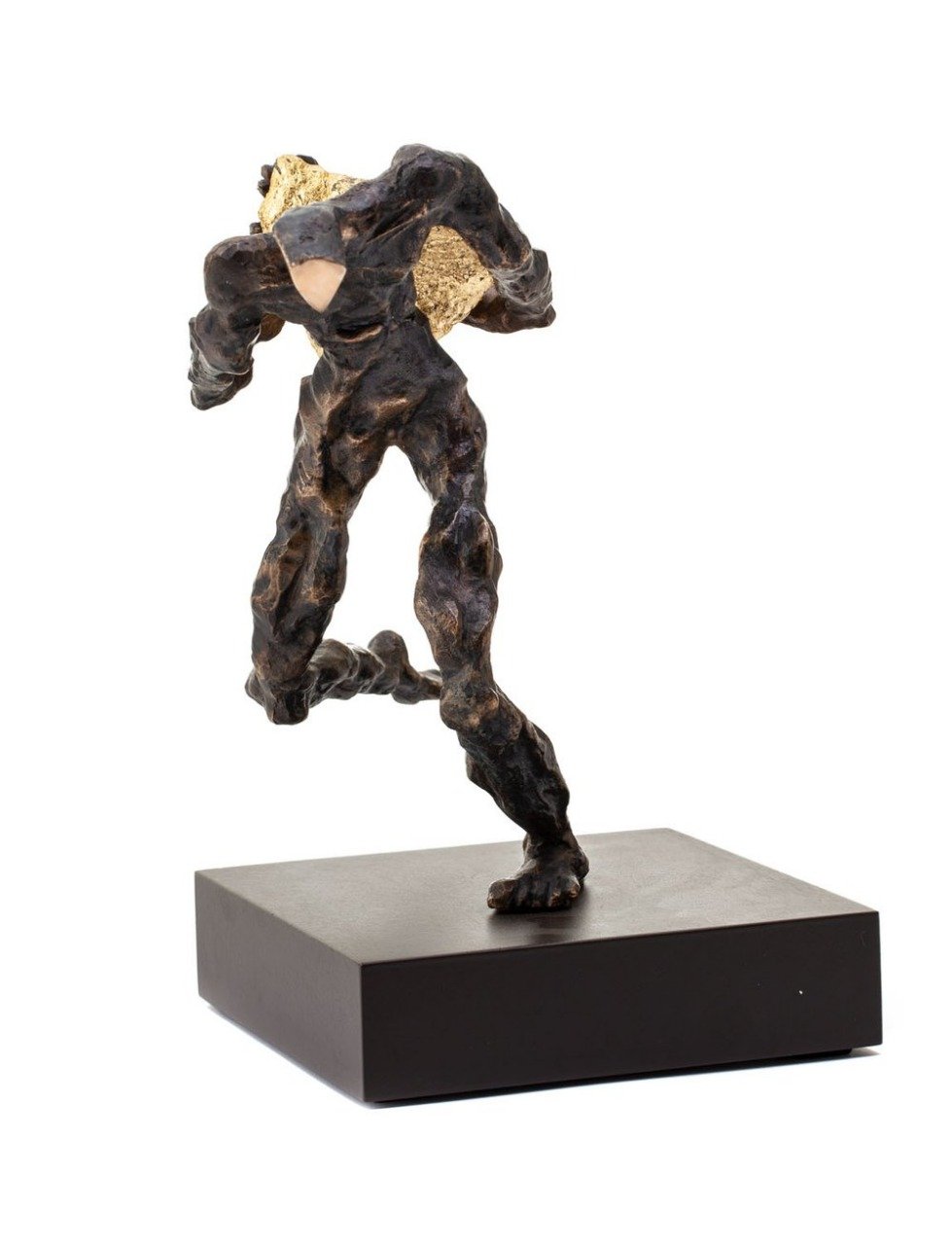Ferdinand De Saussure, ‘sign’ is an arbitrary mark, sound or gesture that becomes infused with meaning because it is part of a larger, more complex system of other marks or sounds with their own meanings.
Stories always have been an integral part of our experience as human beings. From the ancient texts and myths to modern novels in art and even in the ordinary, everyday lives, storytelling has a special status, it impacts human identity- the way we experience life as communities, make sense in general, and more particularly who we are as individuals. In order to make sense of identity, narratives have been woven into the fabric of communities and individual selves too. As Roland Barthes put forward, narrative “is present at all times, in all places, in all societies; indeed narrative starts with the very history of mankind; there is not, there has never been anywhere, any people without narratives; all classes, all human groups have their stories..”
Each art of recall is a re-creation’ of the narrative. There is a need to make new narratives. Art has always been linked with storytelling and narratives. Stories are a kind of an armature that gives shapes to all kind of records, engagement with the histories, present and the futures. It can pull in the drama (plots and sub-plots) and the tensions of the environments we are living today. The artists in the show have expanded the role of narrative frameworks, inserting intricate allegories which are mostly real and sometimes fictional. Using it as a tactical medium, these allegories have emerged as a revelation, assisting the processes of remembering, retrieving or retelling something which might otherwise not been heard at all. Narratives and imagination cannot be separated; it is integrally tied to one another, that becomes straightaway clear if we just do pause ourselves and think about stories as this connecting agent, it could be real or imagined, about the past or untold, or something for the future… Normally there is a prominent story line that gets published and becomes the real story to be told and accepted, so many stories remain untold and go missing. Such stories contain silences, gaps and omissions – sometimes such untold stories are also called ‘Shadow Stories’. It is about the metanarratives that could have fragments of ‘signs’ linking between the time, space, and through experiences of our shared histories.
The works in the exhibition are such stories which might seem very ordinary and not given any significance historically or in our times today, it can be only kept aside not ignored. Some of these stories have gone missing or have been shelved into the shadows and the artists in the show are highlighting these stories from various contexts and backgrounds. Some of the works are rewriting these stories as the mise-en-scene of history. Works of Cathy Lane about the Ayahs’ who left India just before the Independence , Annu Palakunnathu Matthew shows us World War11 soldiers lost to history , farmers in Punjab by Thukral and Tagra, stories lost in the shadows by Iranna & Cristiana, or the messages hidden between the lines by Masooma , a portrait of the city by Vivek Villasini, Gigi Scaria as well as Pooja, lost faces in Kashmir by Veer, recall set by Riyaz, Jagannath and Madhu, employing fictional, anecdotal and the factual.
MEENA VARI
VENUE: Bikaner House
Kalamkaar Hall and Guftagu
Pandara Road,Pandara Flats
India Gate, New Delhi- 110011
DATE: 27th January to 5th February 2020







































































